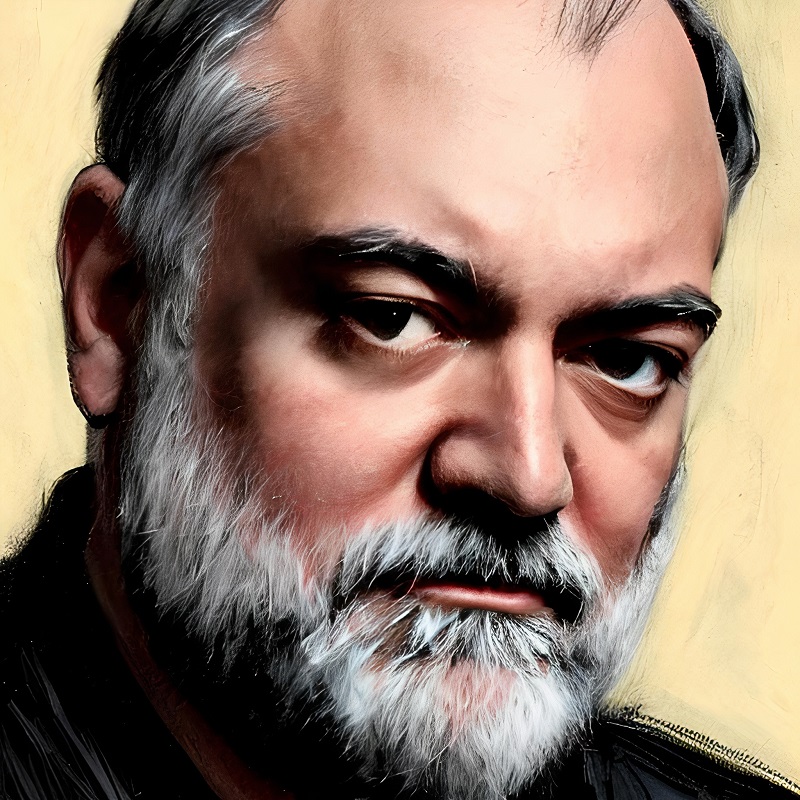
ABOUT ME
Dallas Maker Community
I am Founder and Executive Director of Dallas Maker Community. We are a non-profit organization that helps, promotes, and safeguards all Dallas/Fort Worth area makerspaces that contribute to the public good. This includes for-profit makerspaces, non-profit makerspaces, college/university makerspaces, public school makerspaces, and library makerspaces.
We also work to support other important maker/makerspace interests in the Dallas/Fort Worth metroplex. We believe in the power of making, and its ability to change lives. Our goal is to make Dallas/Fort Worth a mecca for Maker culture. By promoting, growing, and living our Maker culture here at home, we will be doing our part to grow and support the Maker Movement throughout the world!
Dallas Makerspace
I've always been fascinated by how people interact with their environment and each other. In 2010, I founded Dallas Makerspace, which grew to become the largest all-volunteer-run community workshop on the planet. Dallas Makerspace is one of the proudest ways I have given back. It serves as a monument to show how people can organize and come together to share their passions, leading to massive impact. People not only impact their own communities through makerspaces, but they can impact the whole world.
Dallas Makerspace is more than just a community workshop. It's a place where people can come together and learn new skills, make friends, and create things they never thought possible. It has everthing from woodworking and metalworking tools to 3D printers and sewing machines.
It has grown to become the gold standard for community makerspaces all over the world. What started as a small group of passionate people has become a template for an international makerspace movement that has changed the way people think about making things.
Academic Research
I'm an academic researcher with a diverse background in data science and machine learning. However, I find more fulfillment studying the softer sciences, such as management science, game theory, and human psychology.
Awarded a Ph.D. fellowship from UT Arlington in 2016, my formal research has taken a number of turns. While researching from a Computer Science perspective, I look for ways to use computing to explore the many ways that humans interact with each other and make decisions.
Writing
I am an occasional writer of science fiction, fantasy, and horror stories. I like to dabble in all sorts of genres (e.g., I've been facinated by children's fables and often write them for my own children), but I'm always fascinated by the ways people interact with each other, and how they solve problems. My hope is that through my writing, I can help people see the world in a new light.
I'm also a fairly prolific author on Medium, writing on nonfiction topics such as mental health, technology, and fiction writing.